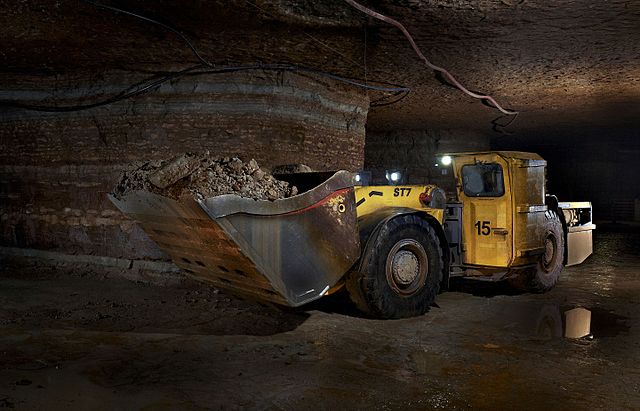It felt like opposite day as traders bid up the price of oil last week even as OPEC announced an increase in oil production that should have sent prices downward. The cartel decided it had room to move because of outages in Venezuela, Libya and Angola amounting to 2.8 million barrels per day (mbpd). The increase apparently wasn’t as much as traders had expected.
Even though oil prices have drifted upward from the punishing levels of three years ago, OPEC is still interested in undermining the shale oil industry (properly called “tight oil”) in the United States which it perceives as a threat to OPEC’s ability to control prices. So, it is no surprise that OPEC has chosen to increase output in the wake of lost production elsewhere. OPEC does not want prices to reach levels that would actually make the tight oil industry’s cash flow positive.
You read that correctly. The industry as a whole has been free cash flow negative even when oil was over $100 per barrel. Free cash flow equals cash flow from operations minus capital expenditures required for operations. This means that tight oil drillers are not generating enough cash from selling the oil they’re currently producing to pay for exploration and development of new reserves. The only thing allowing continued exploitation of U.S. tight oil deposits has been a continuous influx of investment capital seeking relatively high returns in an era of zero interest rate policies. Tight oil drillers aren’t building value; they are merely consuming capital as they lure investors with unrealistic claims about potential reserves. (Some analysts have likened the situation to a Ponzi scheme.)
To demonstrate how unrealistic the industry’s claims are, David Hughes, in his latest Shale Reality Check, explains that expectations for recovery NOT of proven reserves, but of UNPROVEN resources are exceedingly overblown. Proven reserves are those that the drillbit has shown can be produced profitably at current prices from known fields using existing technology. This number is of necessity smaller than the one for unproven resources as no resource can be produced to 100 percent. Unproven resources are those for which there is currently not a whit of solid data showing that they can actually be recovered economically. Typically, unproven resources that end up in the proven reserves category are only a fraction of the total.
Strangely then, for the Spraberry play in Texas’ Permian Basin the forecast recovery is 119 percent of unproven resources. For the Bone Spring play in the same basin the number is 189 percent. For Niobrara play in Colorado, Wyoming and southwestern Nebraska, the number is 565 percent. These are not typos. The projected recovery of unproven resources in these three cases is higher than the estimated unproven resources! To repeat, this is for what are dubbed “resources,” meaning they have not been proven by actual drilling to be economically recoverable. Again, keep in mind that typically only a fraction of unproven resources ever actually end up being produced.
Beyond this, petroleum geologist and consultant Art Berman, who has been tracking the tight oil story for years, explains that the industry’s often touted increased efficiency is due almost entirely to the drop in drillers’ costs associated with the catastrophic slump in oil prices that arrived in late 2014. The slump forced oil service companies to lower their prices dramatically. That trend has ended as oil service prices have started to climb. Even with costs still on the low side, the vast majority of the industry remains free cash flow negative.
OPEC can read the cash flow numbers as well as anyone. Eventually, the jig will be up. The debt burdens of the tight oil drillers will crush many of them when investors realize that there is no long-term value proposition for U.S. tight oil. That day could come as soon as the next recession. Or it might wait for a slump in production that materializes as the realities of overhyped unproven resources (sometimes misrepresented as reserves) finally hit the industry.
Photo: “VKG Ojamaa mine for oil shale extraction, using an Atlas Copco Scooptram ST7 underground loader.”, Estonia, 2011. By Kaupo Kikkas. Via Wikimedia Commons https://commons.wikimedia.org/wiki/File:VKG_Ojamaa_kaevandus.jpg






